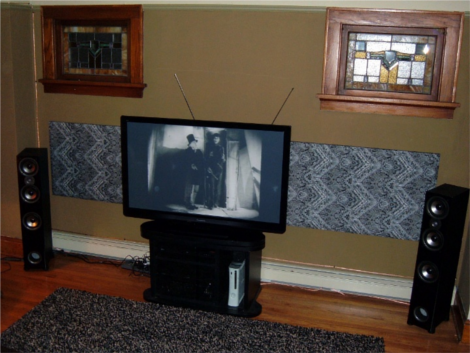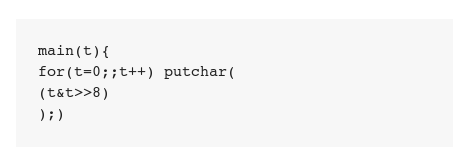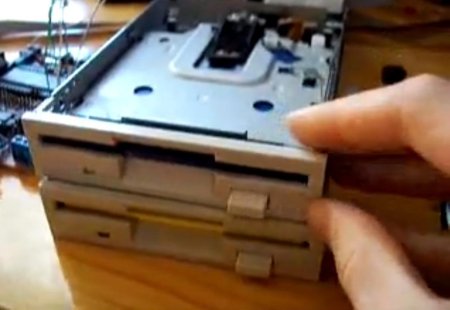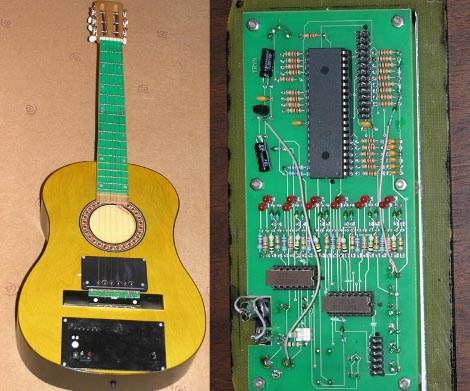
[Eric Wolfram] wrote in to let us know about a simple and cheap acoustic panel DIY he put together. When installing a home theater acoustics are often neglected (especially if you spend so much on the TV you cannot afford any furniture for the room) resulting in reduced listening quality and poor spacial sound imaging from your surround system (also responsible for the furniture problem). The addition of sound absorbing panels helps control the acoustics of the room and may even class up the place a bit. These are also come in handy for home studio usage where a low level of reverberation is preferred.
The panels are relatively simple to produce on a budget, just a sheet of 2″ thick dense fiberglass board glued into a wooden frame and covered in a sound-transparent fabric. [Eric] goes into a lot of the material selection process to help you along your way. The best part about the project (aside from its obvious utility) is that all of the materials can be found cheaply at your average home improvement store, with the exception of the fabric. [Eric] mentions that you can substitute colored burlap if need be. Once the panel is assembled and glued it just has to be hung on the wall of your choice like a large heavy picture frame. This could certainly help the acoustics and reduce some slap-back echo in your warehouse/shop. We might have to try this one over the weekend.
Thanks [Eric]!
















